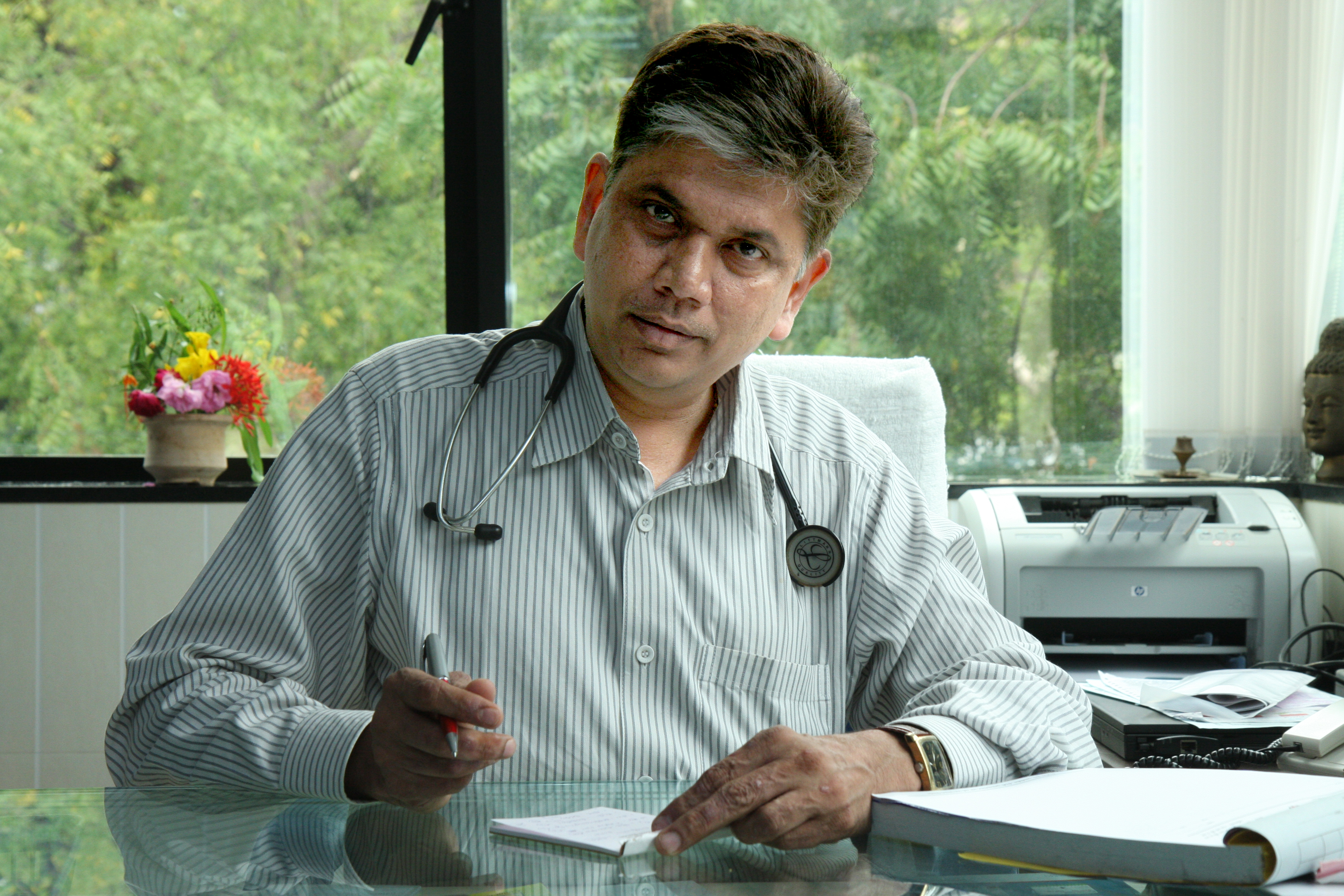~ Dr. Kamlesh N Parikh, MD, DNB (Nephrology), Nephrologist at NephroPlus Shrinath Clinic, Vadodara ~
Haemodialysis is when the blood flows through tubes from your body into the dialysis machine in order to get through the filter called the dialyzer which cleans the blood and gets rid of the waste and extra fluid. When the blood gets cleansed it flows through the tube from the machine back into the body. This whole process normally takes about 3 – 4 hours and needs to be done for about 3 times a week, depending on a few factors like the patient’s weight, how well the kidneys work and how much excess of fluid is built up in the body.
While starting haemodialysis there are many dietary changes expected from the one going through the process. Your dietitian and specialist will firmly suggest that you follow the haemodialysis diet, so your dialysis medicines will be compelling, you can feel your best, and help decrease the danger of unexpected problems related to kidney illness and dialysis.
While the dietician will review the case and provide a specially customized diet, below are a few main pointers to keep in mind for adults starting haemodialysis.
- During haemodialysis, there is some loss of protein in the body, which needs to be replaced in suggested amounts by a dietitian.
- Include more Proteins (fish, poultry, meat, and egg or egg substitute), starchy food (bread, cereal, rice, and noodles), fruits (more of fibre than water-based fruits), and vegetables.
- Limit sodium, potassium, and phosphorus to the amount prescribed by the dietician
- Avoid nourishments that contain phosphorus in abundance (Dairy items, dried beans, nutty spread, nuts and seeds, and high fibre grains) and foods that include phosphorus (aerated refreshments, preparing blends, non-dairy flavors, handled and marinated meats)
- While salt is considered to be consumed in the least, substitutes like Co-Salt, Nu-salt. Salt contains a high level of potassium that can be considered fatal in some cases
- Since there aren’t enough nutrients and minerals in your diet due to the restrictions, haemodialysis likewise eliminates a few nutrients from your body. Vitamins and mineral supplements are advised through prescription.
- You may not get enough nutrients and minerals in your eating regimen since the restrictions in your diet. For wellbeing reasons, consult your dietician before utilizing probiotics, dietary enhancements, or some other medication along with or instead of the therapy your dietician recommends.
It is also important to limit how much sodium (salt) and fluid your intake between dialysis treatments. Liquid admission isn’t restricted to what you can drink; it’s likewise covered up in certain nourishments you eat, including gelatine, ice, sherbet, watermelon, sauces, and flavors. Your dietitian will provide you with rules to help you check your liquid admission.
While following all these points, it is important to keep track and be able to tell that the haemodialysis diet is working as per your objective or “dry”, weight. Your objective weight is the weight your primary care physician assesses at the point when all the additional liquid is eliminated from your body. During the dialysis process, your weight will be evaluated when you start the treatment, to perceive how near you are to your objective weight. Therefore, following your suggested liquid intake will help you from going too high over your objective weight. It’s typical for haemodialysis patients to increase the liquid by around 3 percent of their body weight.
Test outcomes are the most ideal approach to perceive how well you’re doing on your eating routine. Month to month lab tests is done to enable your medical care to group assess you for iron deficiency, mineral equalization, protein sustenance, and sufficiency of dialysis.


